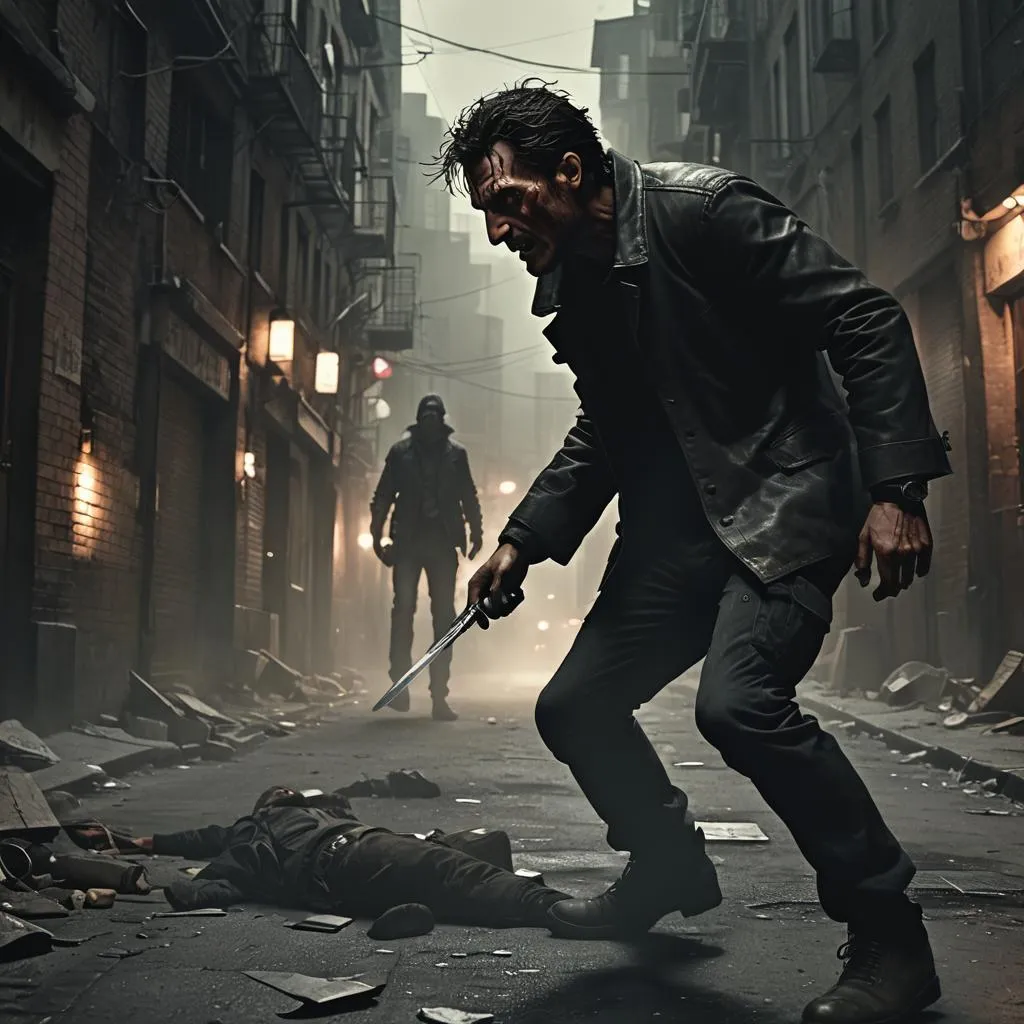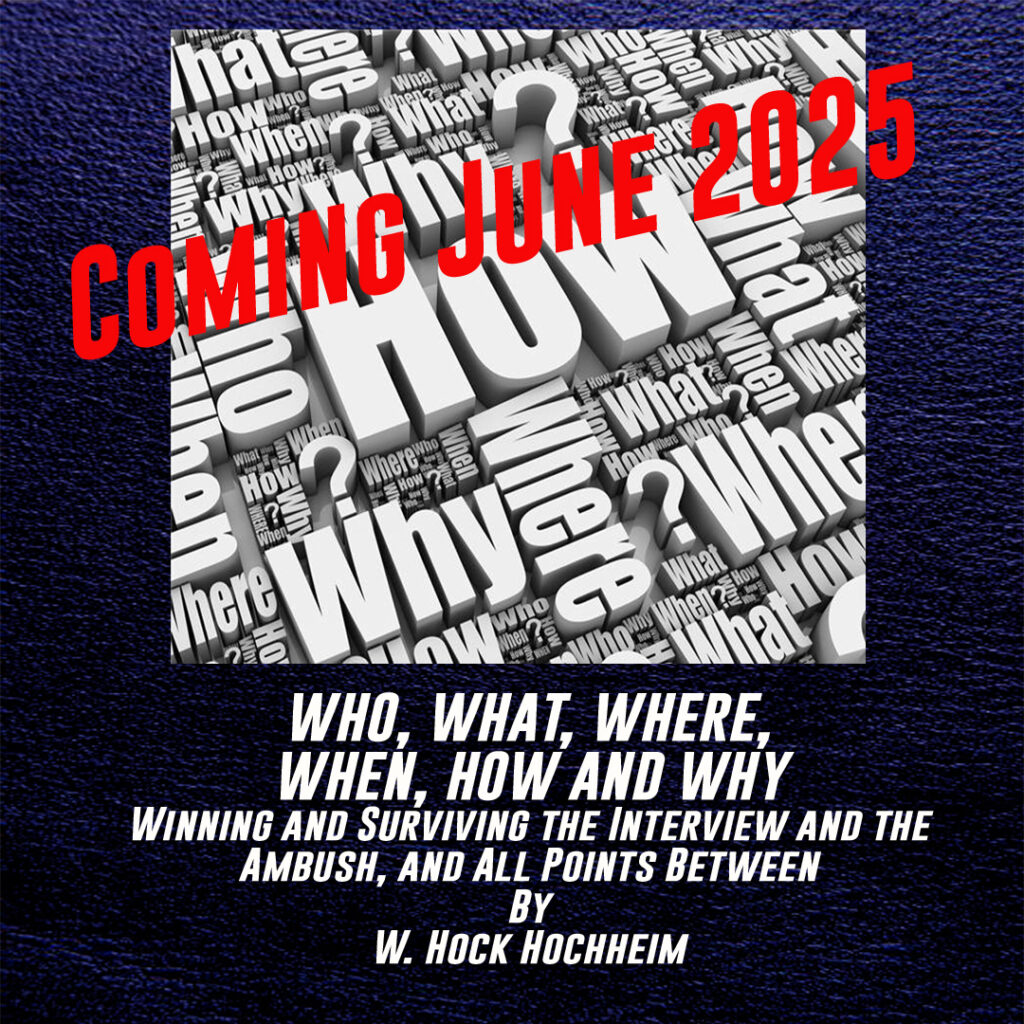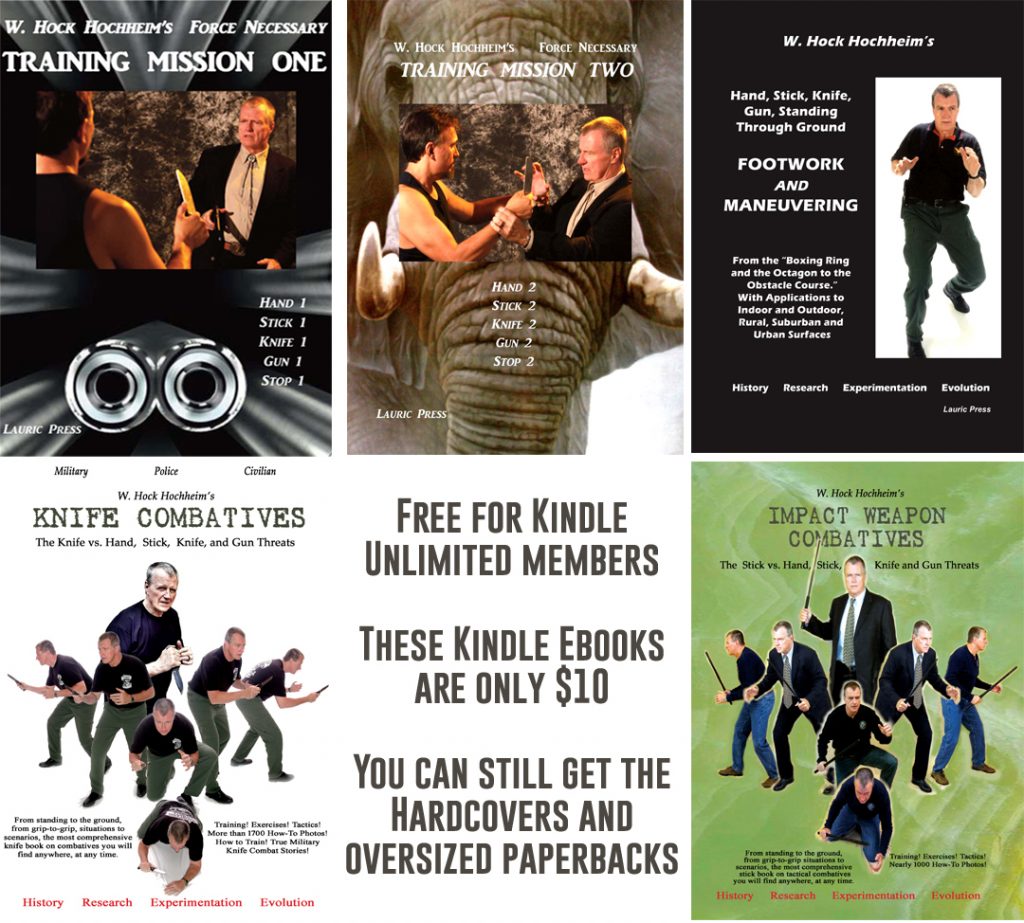(In my upcoming book, as a result of the popularity of my Who, What, Where, When, How and Why lectures, this book will be published in mid-2025. In the Who segment I explore so many who topics. This is one – who do you REALLY think you will be fighting?- Hock)
WHO Question 2: WHO do you really think you will be fighting?
We’ve asked “who are you” in question one, and now with the duality mandate we must ask – who do you really think you will be fighting, given your geography, lifestyle, the times, crime and war trends? The quick answer in crime is usually someone you somehow know. But, not always! you must consistently read about and watch the news for crime trends and antisocial behaviors to pursue the idea of who you might be actually fighting, “friend” or foe? Usually none of this is covered in your local martial arts school or seminars, because they are busy being-doing their martial arts thing. They fight each other, virtually mirror images of themselves, other matching sports and arts people. In many cases there’s even film on how their competitors fight.
Some training programs foolishly treat every challenge as if the threat were a Nazi commando, plucking their eyeballs out, gutting their guts out, knocking them down and out and squashing their throat and face with multiple boot stomps. Unless you are in a war, this is excessive in so many situations, and you may well wind up in jail. Every hand, stick, knife and gun fight is a highly situational, drama and trauma, with consequences.
So, who do we fight? We list two general groups.
Enemies within 1: Friends and relatives, the “Drunk Uncle Conundrum:” A lot of family and friend violence goes unreported, but a lot is reported. It is very common in life to fight people that you know. Often you don’t wish to really hurt your drunk buddy or uncle-relative. This self-control is hard. I know because in police work we are also expected to “fight” but not really hurt people unless things get really “out-of-hand” and elongated and the situation really escalates in a mess.
I started out in Ed Parker’s Kenpo Karate in the early 1970s and Parker warned that when you have to fight a friend or relative, and you control yourself so as not to really hurt them, the fight lasts much longer. So true also in police work also. That’s a tough call, this control thing. But know this, poke your buddy’s eye out, bite off his ear, hammer-fist your uncle’s windpipe, smash his face, shatter your father-in-law’s knee, and then see what happens to you. Usually, often, that happening is you end up in jail and/or battling lawsuits. Money and problems, even if justified at first. Then there’s the revenge factor later, also covered here in a later segment of my book.
Remember technically, when a friend or relative… or someone… anyone…attacks you, an official crime begins and technically they (or you?) become…a category criminal. Then you could also just lump your aggravated uncle or spouse into the crime category should he take a poke at you, etc. The Drunk Uncle Conundrum is – do you report the crime? Does he? Or do you both just put ice on the bruise and go home? The family-and-friend situational nuisances dictate the temperature of your response. This is why a lot of family-and-friend violence goes unreported, unless there serious bodily damage? Call for an ambulance? Then usually the police get involved. Crime report or no crime report, you may well be fighting a friend or a relative over…who knows what!
Someone you know as elevated to criminal status. Angry friends. Angry relatives. Angry co-workers, business partners, Angry spouses. Sex and money problems. People that know people in these shapes, forms, or fashions and problems may percolate…
Speaking of knowing each other, there is a lot of domestic violence out there. The Department of Justice reports some annual generalities: “about 29% of women and 10% of men in the US
have experienced rape, physical violence, or stalking by a partner, which has adversely impacted their daily functioning. Nearly 15% of US women (14.8%), and 4% of men, have suffered injury due to intimate partner violence,
including rape, physical violence, and/or stalking.”
Annual global estimates from the United Nations Office on Drugs and Crime reports on total female intimate partner/family-related homicides: “Women and girls in all regions are affected by
killings. While Asia is the region with the largest absolute number of killings by far, Africa is the region with the highest level of violence relative to the size of its female population. The Americas (all of the western hemisphere) is next, followed by Europe and Oceania.”
Prison Legal News reports the headline: “Most murders committed by friends and family.” Psychology Today reports, “Therefore, the statistics appear to indicate that ‘the streets’ are likely far safer places for women and girls than their domestic environments.”
Study after study, year after year finds this all true. I consider working homicides as the “World Series of Police Work.” I have worked murders for many years and usually the common murder is frequently solvable because it takes some sort of friend, business, relative, money, sex, serious motive-anger to kill a person. This motive can usually be researched and uncovered. The great work of EMTs and emergency room crews can save a life, thwart a murder, turning the crime into an attempted murder or aggravated assault. The victim is alive to tell the tale. And importantly, we cannot view the problem of violence by just examining murders and attempted murders alone. Physical conflict is far more complicated and traverses all levels of crime.
Enemies within 2a: Criminals: Stranger on stranger. Someone you don’t know. Stranger-on-stranger crime is another kind of beast to solve. I’ve learned in many “Assault and Violent Death” schools I’ve attended, that stranger crime can be very scary. The USA Office of Justice reports: “Stranger-on-stranger crime is often considered more frightening than non-stranger crime because it creates a perception of randomness and lack of control, as the victim has no prior relationship with the perpetrator, making it seem like anyone could be a potential target at any time, regardless of their actions or precautions;
this fear is amplified by the unknown nature of the assailant and the inability to predict or prevent such an attack.”
As an investigator, stranger on stranger crime opens up a whole second set of motives that must be pursued.
Enemies Within 2b: Enemy soldiers: They are essentially strangers, but we kind of know who those people are. Generally. We know the “likes” of the enemy anyway, but they are literally individual strangers to us. We meet them years later after the war and we become fast friends. Oh, the irony.
But, temporary enemies are often just that – temporary enemies. In war, since the history of man, we usually choose to kill them from as far away as possible, impersonal, but we often can’t keep that distance and things get face-to-face, facial expression-to-facial expression, blood spatter, up-close and personal.
Fighting is situational. Civil law, criminal law and even the Geneva Convention, as well as human morality-ethics, all look at fighting these two groups differently. Our responses in every fight, every battle are very situational. But, this is who…we…fight.
*********
Hock’s email is Hock@HocksCQC.com
My book will cover many Q and A topics within the who, what, where, when, how and why of it all. Coming in mid-2025…




